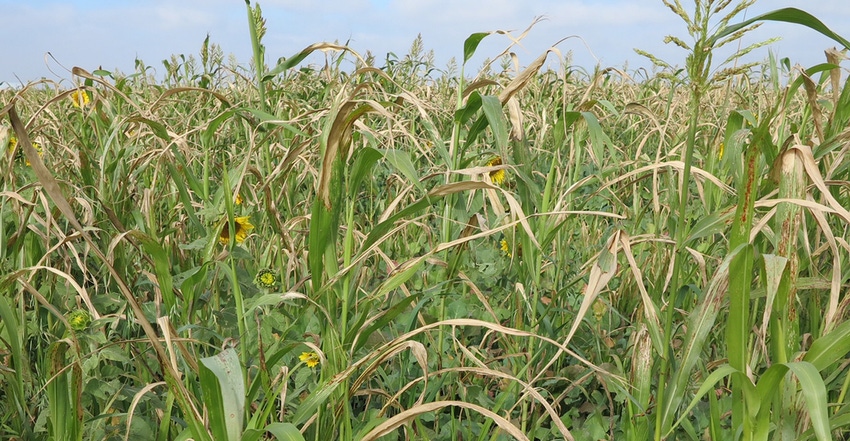
Attend meetings where cover crops are discussed, and you’re likely to hear economics come into question before the meeting adjourns. And rightfully so — budgets are tight, and all dollars spent should be expected to produce a return on investment.
Mike Starkey, Brownsburg, a no-tiller and cover cropper, recently told a crowd that he believes his $20- to $30-per-acre annual investment in cover crops returns about $100 per acre per year in increased yield and other benefits. Other no-tillers who have used cover crops for the past several years make similar statements. Yet many people, especially those who haven’t planted cover crops or who have had a bad experience with them, remain skeptical.
Robert Ormiston, who owns land in Newton County, isn’t skeptical. He believes in the benefits. So does his tenant, Gary Cooper. But Ormiston knows the cost of seeding a cover crop and burning it down the following spring could scare some farmers away from trying cover crops. Some of the benefits aren’t immediately visible and are hard to measure — especially when you first begin using cover crops.
Ormiston says the payback comes over the long term. He urges farmers to think about an investment in cover crops much like an investment in drainage tile in fields where natural soil drainage needs improvement.
Installation of pattern tile systems can easily amount to $500 to $750 per acre. It’s a one-time investment in many cases. Much of the payback comes years down the road, not necessarily the first year after installation.
Ormiston views cover crops in the same light. The investment comes back over time, he says. When he and Cooper find cover crop roots 50 inches deep in the soil, Ormiston believes those crops are helping improve the soil over time, and will lead to tangible benefits.
Ormiston says all of their experiences with cover crops haven’t been positive. They don’t use annual ryegrass in their operation because when they tried it in the past, stands were consistently poor.
That didn’t stop them from using cover crops, he says. They just adjusted their mix. Their standard mix is cereal rye and rape. They use a 13-way mix following wheat that they can seed earlier.
About the Author(s)
You May Also Like




